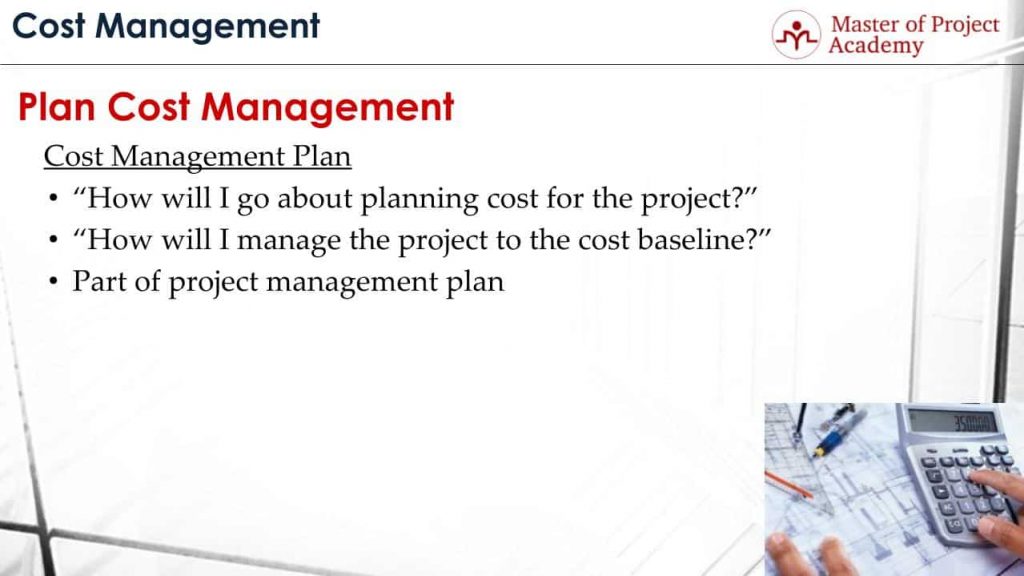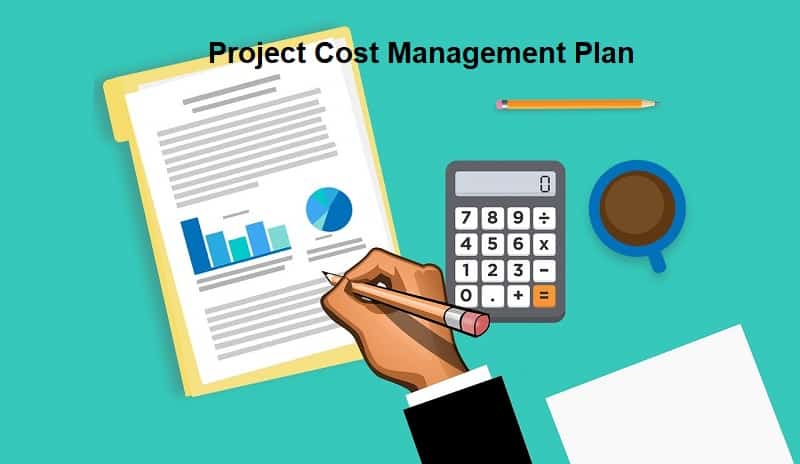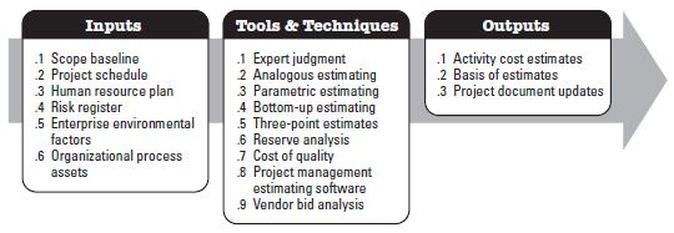

The project management team should determine the appropriate levels of accuracy and precision for the project in the quality management plan. Who determines the appropriate level of Accuracy and Precision? The measurements (in mm) and corresponding interpretations are listed below: During a quality inspection, a random sample of 10 bars was taken from each line. In this example, the values are on both sides (below and above) of the target value.įour different assembly lines are setup to produce cylindrical steel bars with diameter of 5.00 mm. This is an example that we usually use for project management students and PMP certification aspirants. And it goes to show that practice makes perfect! Example 3: Accuracy and Precision in Manufacturing Round 4, because the values are close to the target (10) and always between 9 and 10. In which round were you both accurate and precise? Round 1, because the values are all over the place with lot of scatter and significantly away from the target value (10). In which round were you neither accurate and precise? Round 3, because the values are closest to the target value (10) but still hit 4 different rings. In which round were you accurate, but not precise? Round 2, because the values have the least scatter.


Both 10 and X (bull’s eye) are scored as 10.Ĭlick on the image above to open it in a new window In which round were you precise, but not accurate? In 4 rounds of 5 shots each, your scores are listed below and shown in the image. The score decreases with each ring going from center to the edge of the board. Your aim in Archery is to hit the innermost ring (red or green ring) for 10 points. Let’s use an example from Archery to further reinforce the concept. Example 2: Accuracy and Precision in Archery

Now you may argue that arriving at work early every day makes you accurate (and makes your boss happy) but in statistical terms, you are still “not” accurate because you are 26-28 mins away from the target value of 8:00am. What if you arrive at work between 7:32am and 7:34am every day. Therefore, you are “not” accurate in terms of arrival time, particularly when your company considers arriving after 8:15am as late. Your arrival time is 22-24 mins away from the target. However, the true or target value is 8:00am. In other words, your arrival time has very little scatter, which means it’s very precise. Your arrival time is always within the 2 min window. Your office starts at 8am and you reach between 8:22am and 8:24am every day. Which of the following is true regarding your reporting time to work? Barring any unusual circumstances, you report at work between 8:22am and 8:24am every day. Usually you board the same train every (working) day that departs at 7:30am. You take a subway train to commute to work. Arriving to work after 8:15am is considered late. Let’s take this example in a quiz format. Examples Example 1: Accuracy vs Precision at Work Precise values are not necessarily accurate and vice versa. Precision means that values have very little scatter (very close to each other). In simple terms, Accuracy means that values are very close to the true or target value. For example, the magnitude for each increment on the measurement’s number line is the interval that determines the measurement’s precision-the greater the number of increments, the greater the precision. For example, if the measured value of an item is very close to the true value of the characteristic being measured, the measurement is more accurate. What is Accuracy?Īccuracy is an assessment of correctness. Let’s review what the PMBOK ® Guide says on this subject. What is the difference between Accuracy and Precision?


 0 kommentar(er)
0 kommentar(er)
